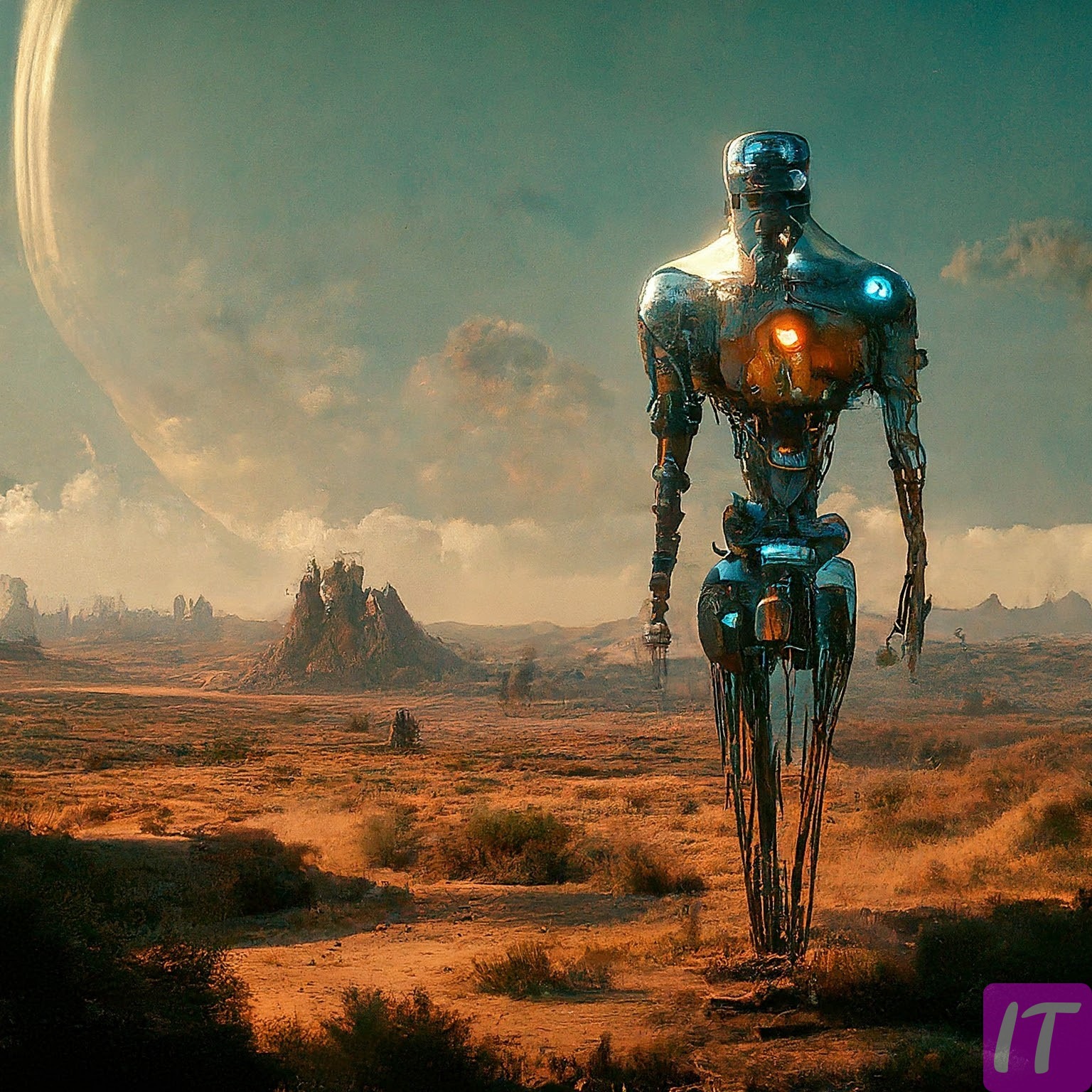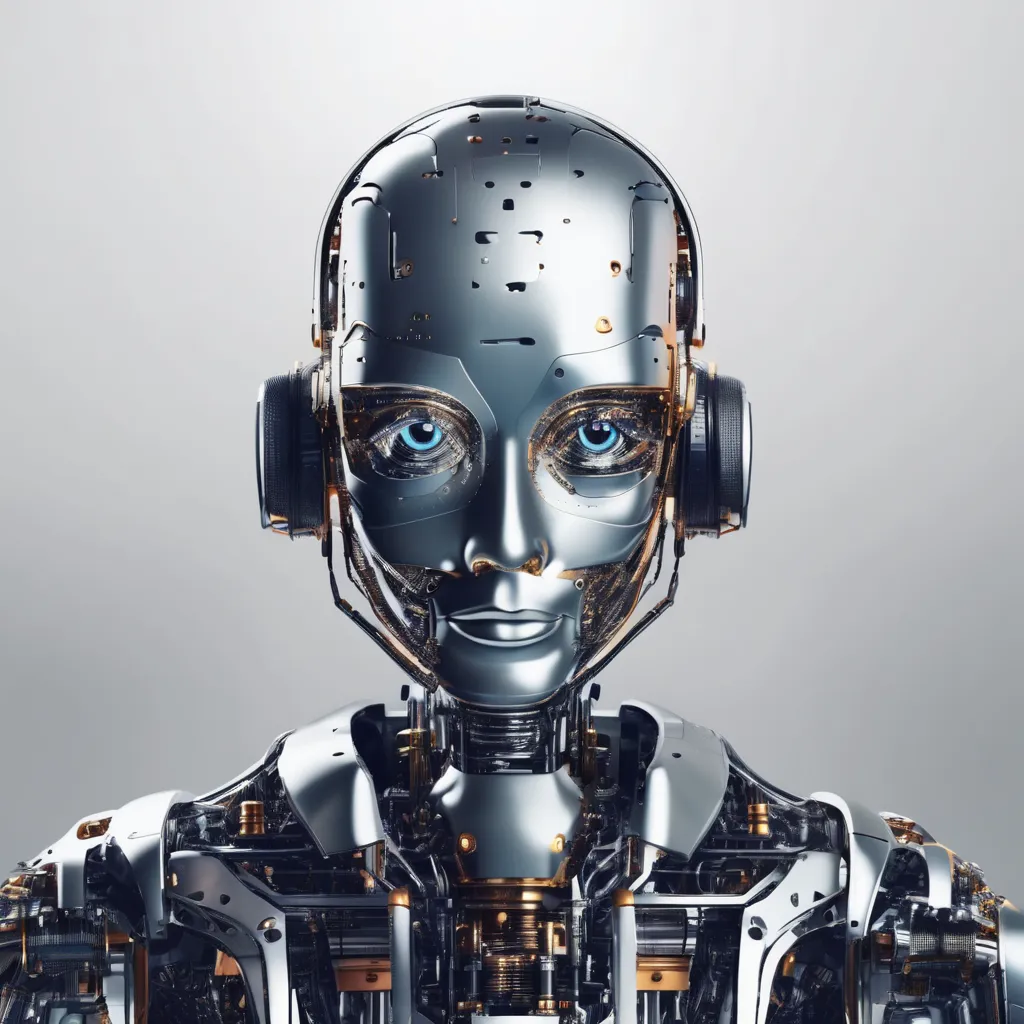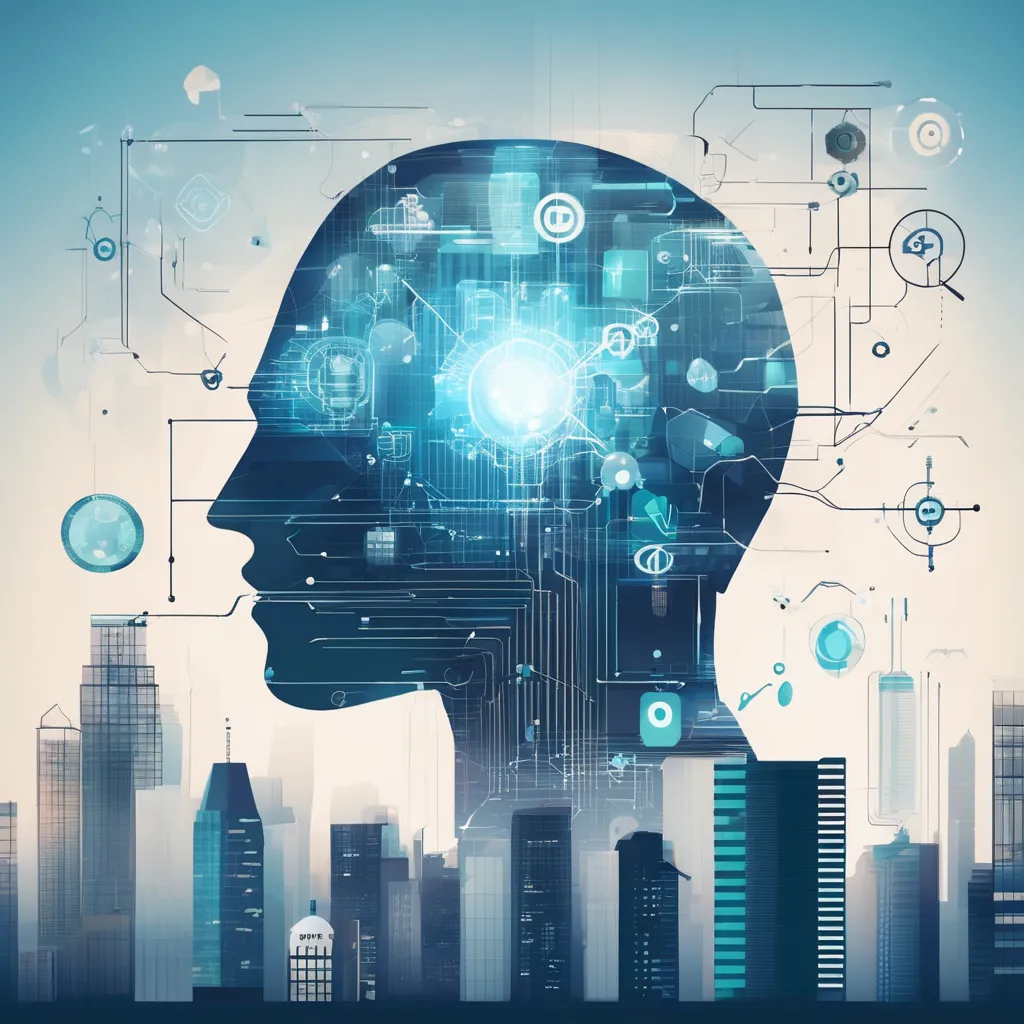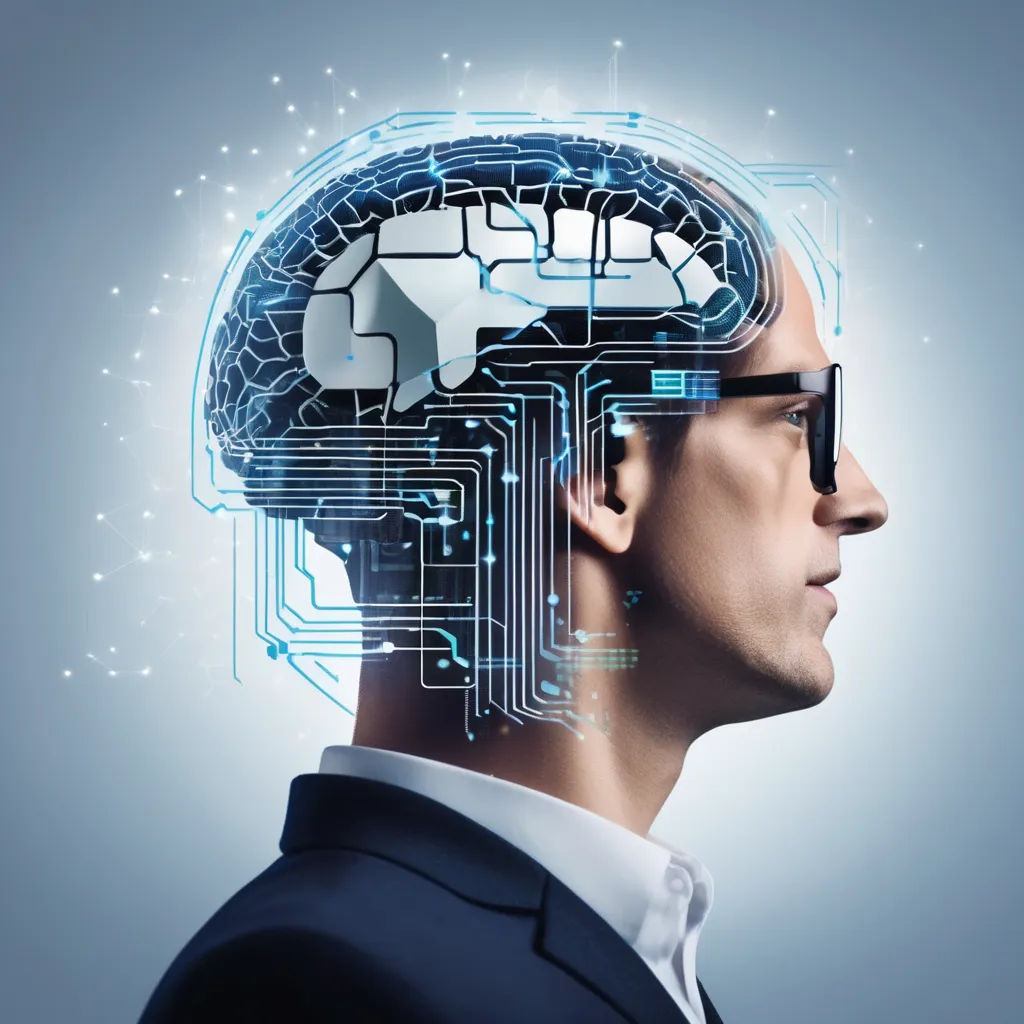Humanoid robots appear
The emergence of humanoid robots marks a significant milestone in the field of robotics, blending elements of science fiction with cutting-edge technology to create machines that mimic human form and behavior. These advanced robots have the potential to revolutionize various industries, from healthcare to entertainment, offering new opportunities for innovation and efficiency. In this academic article, we will delve into the history, development, applications, challenges, and ethical considerations surrounding humanoid robots, shedding light on their impact on society and the workforce.
The History of Humanoid Robot Development
Humanoid robots have a rich history that dates back to ancient civilizations, where automata and mechanical figures were created for entertainment and religious purposes. The modern development of humanoid robots began in the mid-20th century, with milestones such as the creation of the Unimate robot by George Devol and Joseph Engelberger in 1954. Since then, rapid advancements in robotics and artificial intelligence have propelled the evolution of humanoid robots, paving the way for their integration into various sectors.
Notable Humanoid Robot Innovations
Several notable humanoid robots have captured the imagination of the public and showcased the capabilities of robotic technology. Examples include ASIMO by Honda, Atlas by Boston Dynamics, and Sophia by Hanson Robotics. These robots exhibit impressive mobility, dexterity, and human-like interactions, pushing the boundaries of what robots can achieve. Their development represents a convergence of engineering, design, and artificial intelligence to create lifelike machines that blur the line between human and robot.
Technological Advancements in Humanoid Robots
Recent technological advancements have greatly enhanced the capabilities of humanoid robots, enabling them to perform a wide range of tasks with precision and efficiency. Innovations in sensors, actuators, and machine learning algorithms have improved their ability to navigate complex environments, recognize objects, and interact intelligently with humans. These advancements have opened up new possibilities for humanoid robots in areas such as healthcare, manufacturing, and disaster response.
Applications of Humanoid Robots in Various Industries
Humanoid robots are finding applications across a diverse array of industries, transforming how tasks are performed and enhancing productivity. In healthcare, robots are being used as companions for the elderly, assisting with rehabilitation, and even performing surgeries with unparalleled precision. In manufacturing, humanoid robots are streamlining assembly lines and handling delicate tasks that require a human touch. The versatility of humanoid robots makes them valuable assets in sectors where human-robot collaboration is essential.
Challenges Faced in Humanoid Robot Design
Despite their advancements, humanoid robots face several challenges in design and implementation. One key challenge is ensuring robustness and reliability in complex environments, where unforeseen obstacles and interactions can occur. Additionally, designing robots that are safe to interact with humans requires careful consideration of ethics, privacy, and liability issues. Balancing performance, autonomy, and human-robot interaction poses ongoing challenges for engineers and researchers working in the field of humanoid robotics.
Ethical Considerations Surrounding Humanoid Robots
The rise of humanoid robots has sparked important ethical discussions regarding their impact on society, privacy, and employment. Questions about the rights and responsibilities of robot manufacturers, the potential for job displacement, and the implications of robots emulating human behavior raise complex ethical dilemmas. As robots become more integrated into daily life, it is crucial to address these ethical considerations and establish guidelines to ensure the safe and responsible use of humanoid robots.
By exploring the history, innovations, challenges, and ethical implications of humanoid robots, we gain a deeper understanding of the transformative potential of these machines in shaping the future of robotics and society. The emergence of humanoid robots represents a new chapter in human-robot interaction, offering exciting possibilities for innovation, collaboration, and coexistence in a technologically advanced world.







